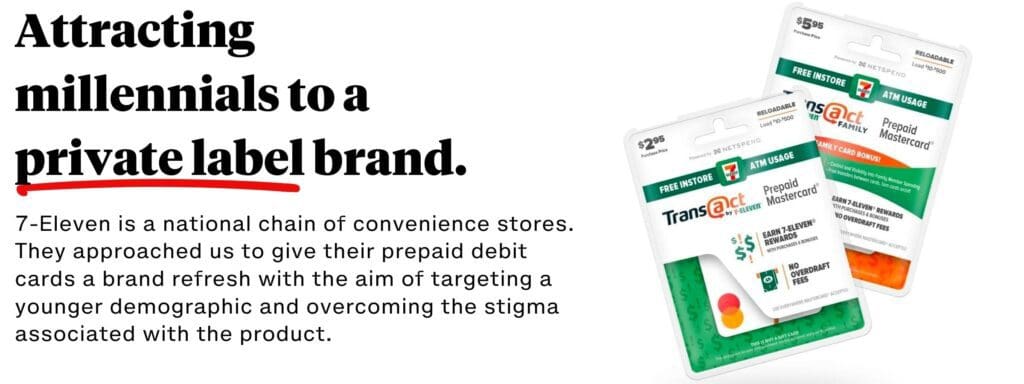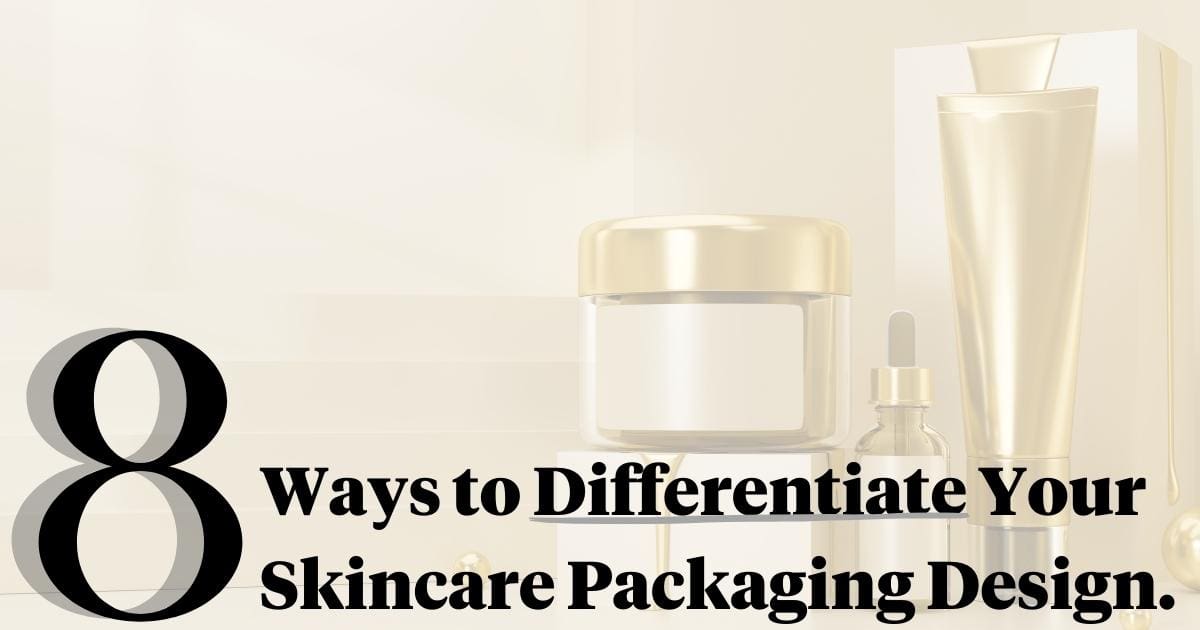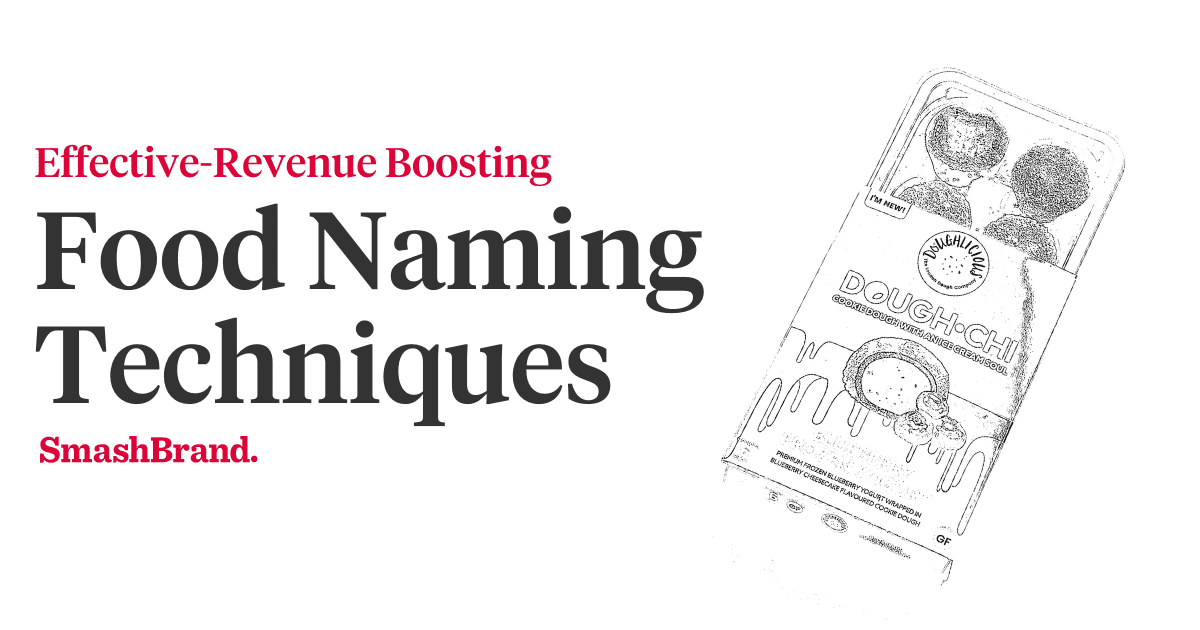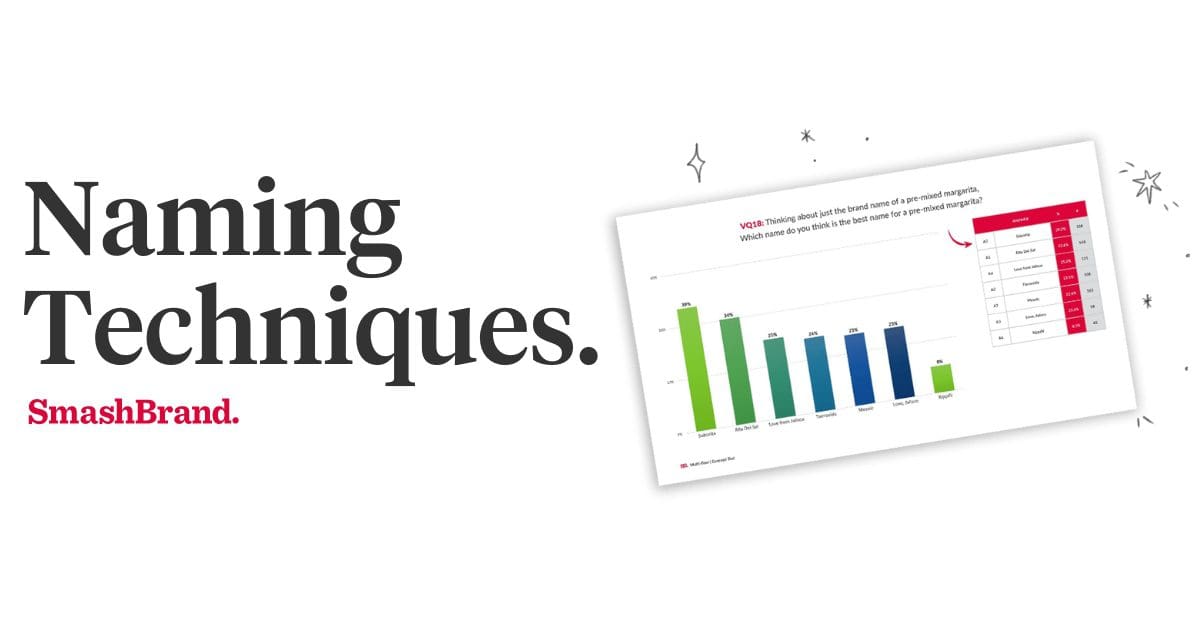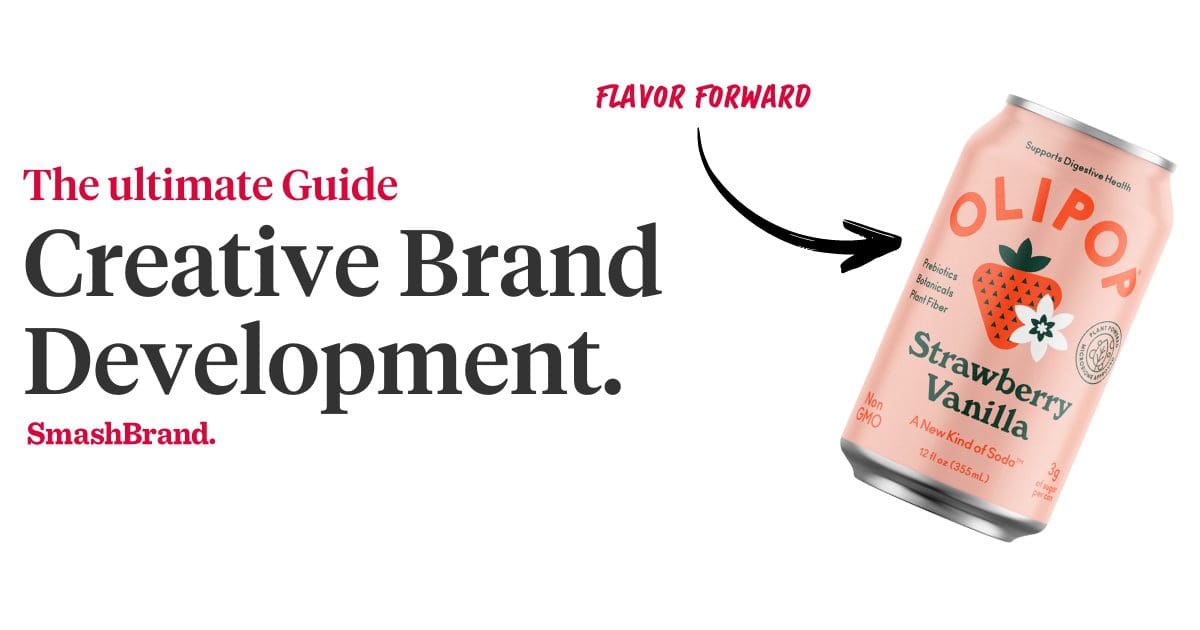Listen to This Article

Skincare is a luxury item where shoppers redefine the word “need” to fit their wants. As such, strong branding, shapely packaging, & attractive labeling sways consumers purchasing decisions for this CPG category making skincare packaging design critical to your cosmetic line’s success.
This article looks at eight packaging design components for skin care products that you can’t afford to ignore. Apply these cosmetic packaging design strategies, and like skin care, your retail presence will look more alive than ever.
Transparency of Ingredients
Self-explanatory, isn’t it? The ingredient list should be, if not precisely prominent, legible. Nowadays, people are–or at least think they are–well-educated in cosmetic ingredient benefits. They want to know if your exfoliating cream, serum, toner, or many other cosmetic products contain ingredients with scientific testing to verify that their product is as effective as it claims.
Most of all, your cosmetic product should have a list of ingredients for no better reason than it is intensely suspicious if it doesn’t. Besides, sometimes people are allergic to certain ingredients, and you want to ensure they can spot them before buying your product. Preventing them from suing you for everything you and your five next-of-kin are worth.
Get your Hands on the SmashReport!
And enter to win a FREE brand diagnosis worth $20,000.
*The SmashReport is a monthly newsletter for FMCG and CPG brands, helping them stand out in the competitive retail marketplace.
Ingredient Origins
Yes, there is a cosmetics line called “Origins,” The brand uses that name for an excellent reason: people want to know where their products originate.
The source of cosmetic ingredients is critical. People want their natural products to come from wherever they can grow the highest quality raw materials. Olive oil from Spain and Shea butter from Africa are two examples. Failing that, responsibly sourced ingredients merit very prominent placement on the label.
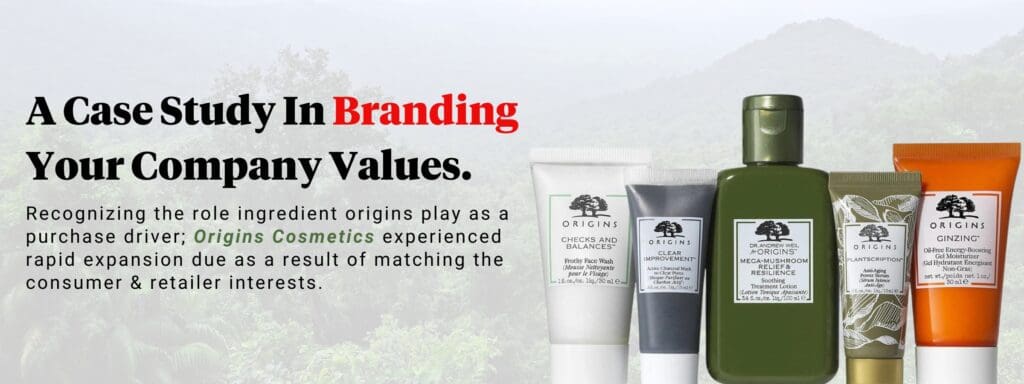
Regarding cosmetics and skin care line consumers, the locality of manufacture isn’t paramount regarding environmental responsibility. Although some prefer their cosmetics, like food and clothes, to be “locally made,” it isn’t always the case.
However, there is tremendous prestige in cosmetics from wealthy countries with long histories of beauty expertise or thriving communities of cosmetic chemists. These are certainly selling points.
If you manufacture products in the United States, that is good; if you manufacture products in Europe, even better; if you manufacture products in Japan, eureka!
Packaging Sustainability
With increasing awareness of environmental impacts, consumers may be interested in the sustainability of cosmetics packaging materials, such as:
- Using recycled materials or biodegradable materials.
- Packaging that consumers can easily recycle or reuse.
Especially for premium skincare products, plastic bottles or jars are an immediate concern for many cosmetic shoppers. If your brand uses plastic, be sure shoppers understand you use sustainable packaging. If removing plastic is possible, test your product design to determine if shoppers gravitate to a packaging material such as glass bottles.
The immediate understanding of removing plastic waste and the benefits of packaging personalization creates an opportunity for your brand to experience greater purchase intent.
Packaging Personalization
Different packaging materials present various options for your brand to stand out. While there will be limitations based on your product type, we recommend outlining how to differentiate your product packaging to create a personalized experience for your target audience.
Dig deep here. Not just in the look but in the packaging experience. The design and functionality of cosmetic containers can affect the user experience of the product, such as:
- The ease of opening and closing the packaging (think of glass bottles)
- The ability to dispense the product accurately and efficiently
- The overall aesthetic appeal of the packaging.
Test your design to determine how personalizing product packaging affects your brand experience
Tip: Is your product “stuck” with basic packaging because of ingredient constraints? If so, personalize the experience by creating secondary packaging. Look for resources and brand examples in and out of the cosmetic packaging market.
Adherence to regulations
There’s nothing uglier than an FDA warning letter. Ensure your brand is adhering to all skincare packaging and labeling requirements for your type of product. But instead of limiting yourself to adherence, leverage this effort into your overall brand strategy.
Long-form content will fit on your label, but only with smart packaging, where you connect your package to a digital experience. With smart packaging, you can showcase your ability to meet and exceed these requirements by providing COAs, tours of your facility, and other means of verification.
Product Benefits
Can you include one or two “health benefits” to your skincare product? Except for those containing sun protection ingredients, most skin care products have almost no verifiable health benefits. Where permitted, the label should suggest some beauty-enhancing features, even if they are primarily imaginary.
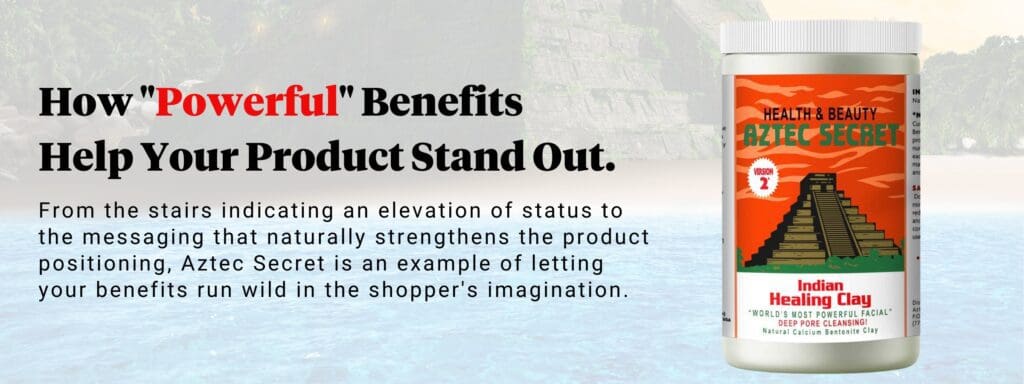
The label’s design should graphically represent the healthfulness and effectiveness of the product. If you notice, products with clinical and medicinal ingredients (i.e., products that solve or soothe a particular medical problem) have labels and packaging that resemble physician prescriptions. There are very sparse graphics, photos, and illustrations, and the bottles and jars are almost white.
For products for which nature is a selling point, brands hope to be more luxurious than problem-solving. “Natural” brands commonly use more comforting, pretty, and folksy labeling and packaging.
Clear Usage Instructions
Even though most people know how to use cleansers, moisturizers, and toners, some skin care brands cover their products in a shroud of ambiguity. Foams, serums, masques, and what is commonly called “body butter” haven’t entered the consumer vernacular yet, so if you’ve described your product, you’ll need to clarify its purpose. If your product has to be used in a certain way or alongside another product to work, that information must be clear.
- Should consumers rinse off the product or leave it on their skin?
- Should they apply it liberally or sparingly?
- Will there be a lather? Should they wear it alone or under a moisturizer?
- How much love should be in your heart before application?
Here’s another opportunity to use connected packaging to your advantage. Create your brand tutorials and walk customers through the process. The more clearly they understand how to use the product, the better chance they will become repeat customers.
On Package Pricing
Pricing isn’t just important in your overall brand strategy; most times, your pricing is a part of your lotion and makeup packaging design. Packaging can be a significant cost factor for skincare brands, affecting the product’s pricing. Consumers may also be interested in the cost of packaging as it relates to the overall price of the product. The good news for brands who make cosmetic products is that people will pay a premium, but only if the brand has positioned itself.
After determining the segment of the cosmetic audience, you hope to attract, test different price points for maximum shelf impact.
Conclusion
So, what have we learned today? We learned that your skincare packaging should include an ingredient list, lest the consumer suspect your products contain an eye of newt or silicones. We now understand that if you intend for your product to be rinsed off, it should say that somewhere on the bottle or through smart packaging. Last, we learned you can charge more for a skin cream manufactured in France than one made in Flint, Michigan. Man, that place can’t get a break.
We Guarantee Packaging Performance
Are you a beauty brand looking to increase retail performance? SmashBrand is a consumer testing and packaging design agency helping brands dominate the cosmetic industry. If you want your beauty product to outperform its competitors, book a time to discuss your project with our team.
